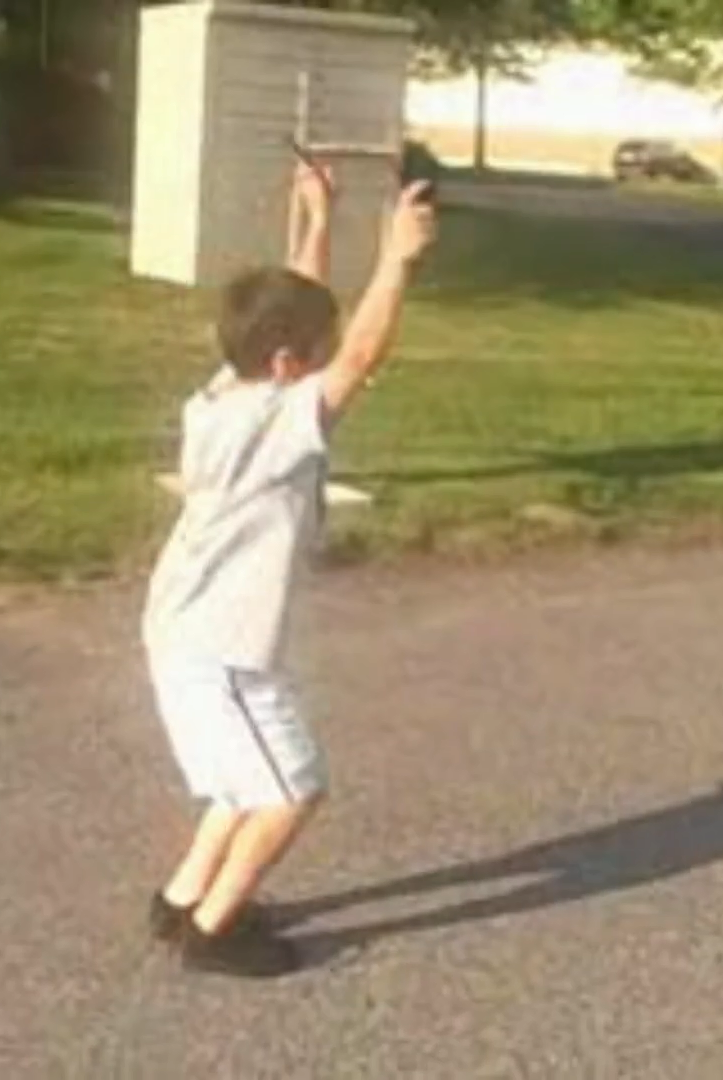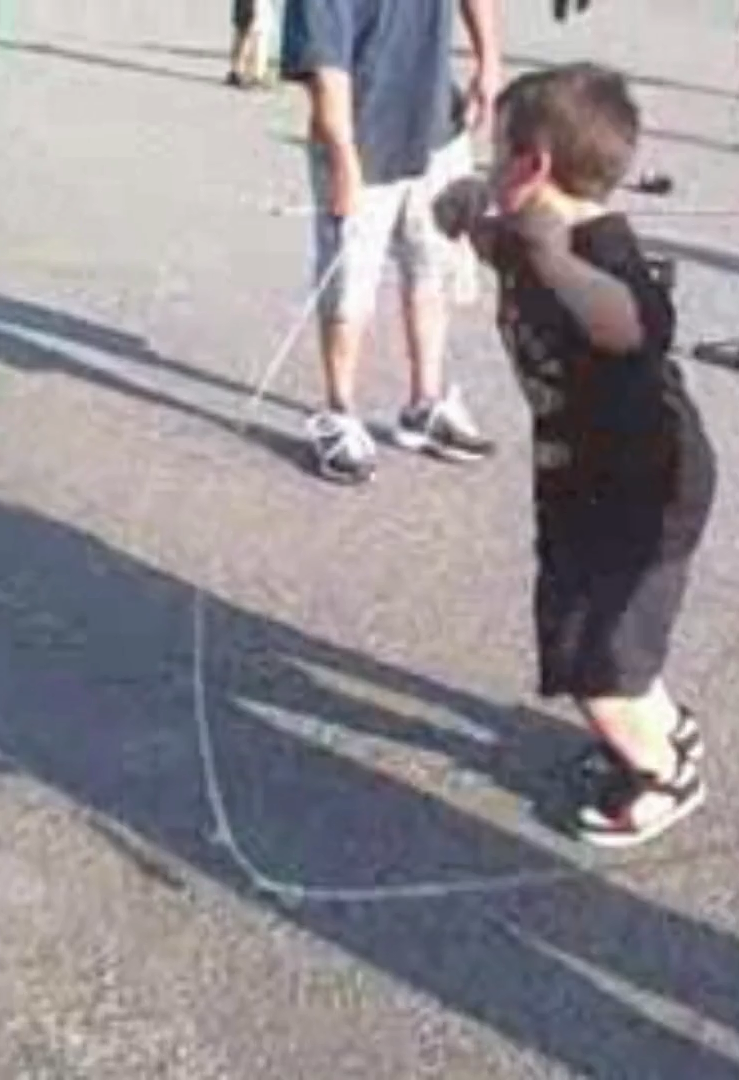Rope Skipping Benefits for Hockey Players
This might be a topic I don’t need to address with most members. Still, I don’t like to ever leave any important point unsaid.
Make no mistake: rope skipping is beneficial to just about every athlete, and it can help a hockey player in a number of extra ways...
I think it best that I show you a very short video before we get into a discussion on the benefits of rope skipping, this to act as sort of a frame of reference…
Now, the video was shot a number of years back. No matter, it’s obviously timeless.
With that, you ought to know that my AAA Bantams arrived at that same rink parking lot right after my young Mites left. And, although I may have presented and run the drills just a tad differently, my older guys did the same rope skipping sequences.
So, basically, both groups began with their individual skipping in place, I had all the kids jog across the parking lot — forward and backwards — as they skipped, they next tried jumping a long rope swung by two teammates, and they ultimately even tried holding their sticks in a hockey posture as they jumped.
Okay, so about that video, and the benefits of rope skipping…

I hope you recognized that those little guys are still growing into their bodies, and they’re only gradually gaining real coordination. So, I’d like you to appreciate how much the simple act of rope skipping is forcing them to really handle their entire bodies. If we think about it, just twirling the individual rope calls into play an athlete’s fingers, hands, wrists and arms. And, once the rope gets moving, he or she has to coordinate the rest of the body with a jump.
One can’t jump at just any old time, so timing is an important part of this exercise. Actually, timing will be crucial in their game as my kids mature. If you can picture it, clumsier skaters tend to miss-time a lot of things, while the better skilled ones do almost everything at precisely the right moment.
Of course, there will ultimately be some other benefits to skipping rope, including a little bit of strength and a lot of endurance (the type of conditioning to be determined by the intensity and duration of each bout).
Now, I could have just as easily shown you some clips of my older guys skipping. However, I believe extremes make better examples. I mean, the above video shows a group of very young human beings as they struggle with a new physical problem. And watching them tends to exaggerate each of the challenges they face — as in coordination, timing, etc.
With that, I’d like you to appreciate that there is a learning curve to everything, including athleticism. So is there a learning curve to hockey specific skills — like skating, puckhandling, passing, receiving, shooting, and all the rest. And, make no mistake about it: the better athlete has the chance to be the better hockey player.
Man, I can’t emphasize that point enough. Much has been written within this website about the so-called “failed experiment”, whereby, during a period in North American hockey history, overall athleticism was neglected in favor of sport-specific training. That period produced less creative players, players who couldn’t handle their bodies well in 1 on 1 match-ups, and players who were more prone to injury. (My personal opinion is that that period also opened the door for far more athletic European players to make their marks in the game.)
Of course, I’m a hockey coach, and I’m not about to abandon hockey-specific training. It’s just that the ideal is to begin with an “athlete”, and then build from there.
Over the years, I’ve also found numerous ways to combine rope skipping with hockey training. Or, said another way, I like to keep building on my players’ basic rope skipping abilities with all the more difficult challenges.

The latter in mind, consider that we hockey types play on blades that are rounded on the bottom, and a great deal of our mobility on the ice is based on our ability to handle our body-weight over those rounded blades. Just jumping while in skates enhances our balance, while skipping rope calls into play all the previously described challenges and ultimate benefits. What also happens with the rope skipping version of jumping is that a player’s landings are almost all unpredictable. There’s a lot going on as the body twists and deals with the rope in mid-air, so that the landings can be on one foot or the other, or on absolutely every part of a skate’s blade. Or, as I can joke at time, “It’s a new thrill every time a player lands!” ![]()
There is also much said within this site about a hockey player needing to deal with lots of other problems as he or she handles the puck. And that’s why I ultimately took long rope jumping to a new level. I mean, as partners twirl the long rope, my more advanced players must dribble a ball (off-ice) or a puck (on-ice). Imagine the challenge: timing the jumps with the dribbles, keeping the stick from tangling in the rope, and then also dealing with all the odd ways one can land. Ya, I’d call that a challenge, and I’d also suggest it very nearly matches the kinds of challenges a player faces in real game action.
In closing, a few months before that video was taken, I gave members of both my teams homework assignments (with the parents of my younger kids asked to help their little ones). I wanted them to get a head start on skipping (among other things), just so we could have the feeling-out stage out of the way before we met as teams. Of course, human nature being what it is, some kids did, some didn’t, and it was obvious the night I shot that clip. No matter, I think patience is one of THE most important virtues a coach can have. Anyway, the important thing is that my kids were on their way. And from there, all I wanted was for them to just keep growing — in overall athleticism, and then in hockey-specific skills.